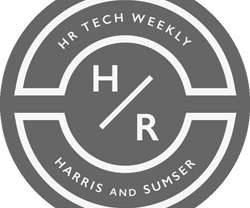People Analytics and HR-Tech Reading List
Littal Shemer
OCTOBER 11, 2022
First published: May 14th, 2018. As it shows, HR Analytics is both an art and a science that can help organizations make informed decisions that benefit all stakeholders, including employees” Agile Workforce Planning: How to Align People with Organizational Strategy for Improved Performance Adam Gibson (2021).
















Let's personalize your content